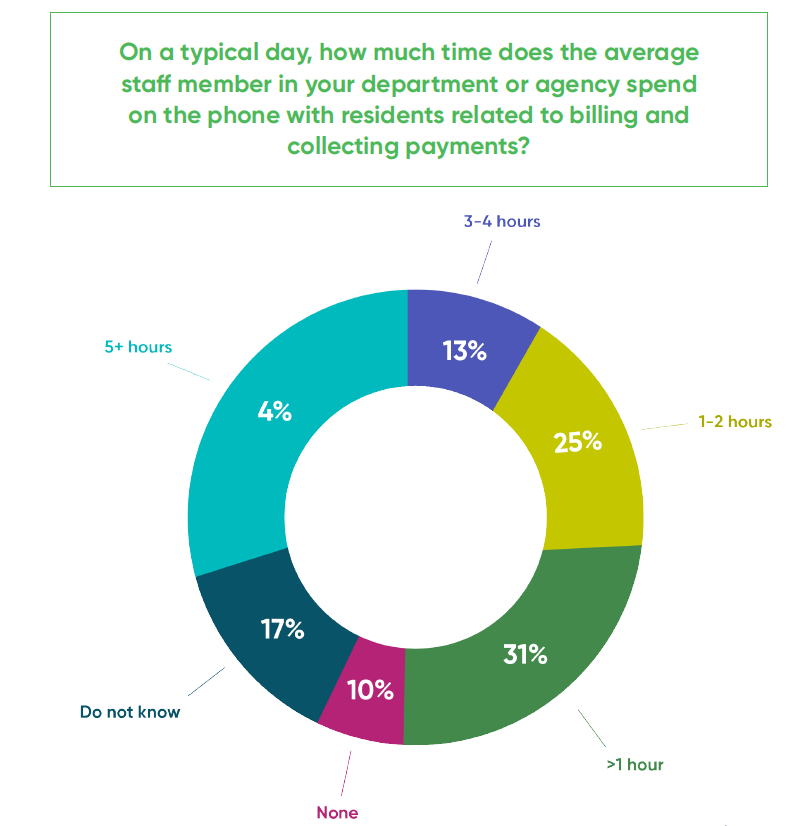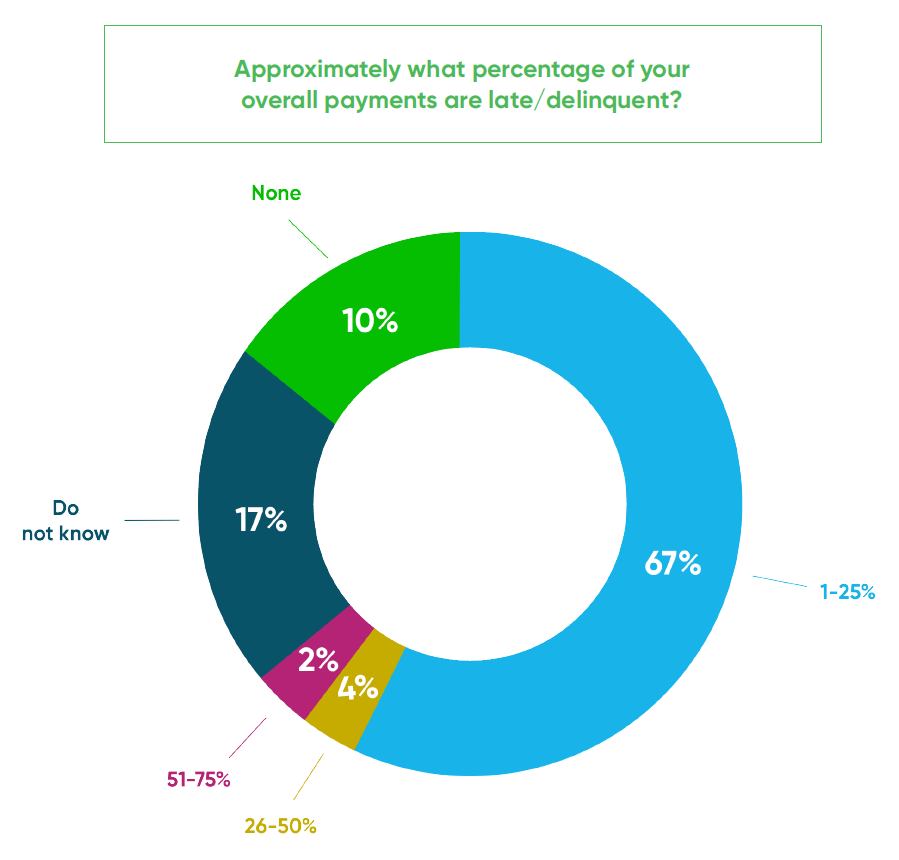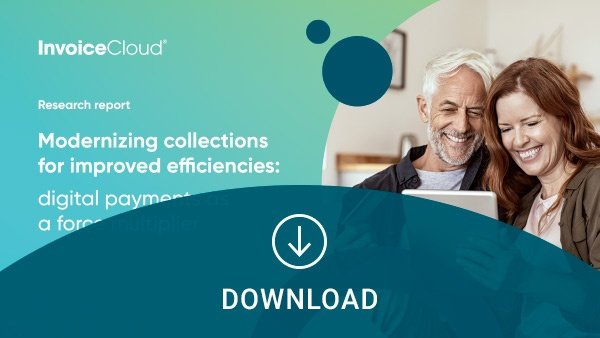In recent years, local governments have been forced to adapt to a wildly changing world, especially as it pertains to sending bills and collecting payments. True, the emergence of COVID-19 accelerated the need for contactless billing and payments, but most people – across all age groups – have been adopting digital payments for other consumer experiences for years (i.e. making a one-click purchase on Amazon).
We were curious how the local government sector, from utility providers to tax collectors and beyond, have responded to all this change. To get an updated temperature check on the industry, InvoiceCloud partnered with the Center for Digital Government (CDG), a national research leader on information technology policies and best practices in state and local government.
Together, InvoiceCloud and the CDG surveyed local representatives, as well as state, town, city and county employees for an updated look at how local governments bill and collect payments, their organizational priorities, payment-related challenges, and their plans looking ahead. You can download the full report here, but here are three major takeaways from our research.
1. Self-service payments are largely under-utilized
When talking about payments, self-service routes are ways your customers can pay bills without the help of someone from your organization. This can look like a customer setting up reoccurring automatic payments, using a contactless kiosk to make payments, choosing to receive automated electronic bills, or simply making a payment through a digital portal.
For local government employees, self-service options like these are the ultimate time-saver; with fewer payment-related calls to field and fewer paper bills to process, operational staff members can avoid burnout and focus on high-priority projects.
However, despite the convenience self-service routes offer both government employees and residents, the data shows that these options are not commonly offered or used in the industry.

Fifty-three percent of respondents indicated that they either “do not know” how many residents use self-service payment routes or that no residents use self-service routes at all. Now, this could be for a few reasons.
It may be that government agencies are not measuring their residents’ use of self-service, which only deprives the organization of insights into what can make internal operations more efficient than ever.
It’s also possible that at least 30% of respondents don’t offer self-service routes at all. That, as we mentioned earlier, would mean that over a quarter of respondents are missing out on a simple way to save employee time and conserve organizational funds.
Even respondents that are offering and measuring self-service payment routes are experiencing low numbers of enrollment, which indicates there may be a lack of understanding around which self-service options to offer, how to drive enrollment to those routes, and why this matters.
2. Government employees spend 10-20 hours per week fielding payment-related calls
Fielding phone calls is one of the most time-consuming tasks for government employees. While some of these calls are critical and must be handled, a large portion of these weekly call volumes pertain to something that can be easily eliminated: billing and payments.
We wanted to get a sense of roughly how much employee time is being spent on the phone, specifically related to billing and collections.

Thirty-eight percent of organizations surveyed say their staff spends an average of 2-4 hours a day fielding billing and payment related calls. That’s roughly 10-20 hours of an employee’s 40-hour work week that could be redirected to higher priority tasks for these local governments.
These calls not only take up valuable employee time, they can also accelerate staff burnout and negatively impact office morale. That being said, reducing these incoming calls is an understandably popular goal for government organizations – and billing and payment-related calls are clearly a great place to start decreasing these volumes.
3. Late or delinquent payments are a common challenge
Sending bill notices and collecting payments are some of the most critical processes for local governments to safeguard and streamline (especially considering that incoming payments are often a main source of revenue for these organizations). However, many respondents are still struggling to eliminate late or delinquent payments.

Unfortunately, up to 73% of respondents still struggle with an influx of late or delinquent payments. And 17% of respondents have no way to determine what percentage of their collections are late or do not arrive.
This not only means a majority of organizations regularly receive revenue behind schedule or not at all, it’s likely they’re also dedicating time and resources to track down those delinquent payers. That means more phone calls, more printed notices to mail, and more stress for employees.
The issue here calls back to an earlier data point – the lack of self-service payment options within local government. Again, self-service covers a wide range of actions payers can take; automatic payments, for instance, would help this 73% of respondents see consistently on-time payments, every cycle.
Even offering a quick, easy way to pay bills from a mobile phone or computer would decrease the volume of late payments. Previous Invoice Cloud research shows that at least 60% of payers have forgotten to pay a bill in the past – that’s why encouraging customers to sign up for payment reminders can be an incredibly valuable self-service option. Overall, enabling these self-service capabilities is the way to make a sizeable dent in late and delinquent payments.
Get all the data, plus insights from industry experts
There are tons of additional insights in the full report, from how your local government cohorts send and collect bills today, the payment-related challenges they’re facing, the major benefits they would ideally like to realize by driving more self-service payments, and how governments are planning to modernize billing and payments (if at all) moving into 2022 and beyond.
For the full scope of all the data collected by InvoiceCloud and the CDG – plus expert insights on what’s coming next for local governments and how to bridge the disconnect in the government experience – download the free research report right here.

